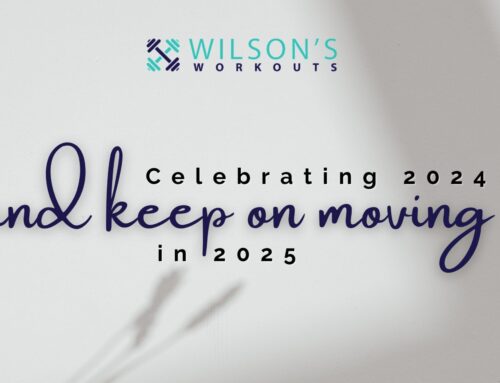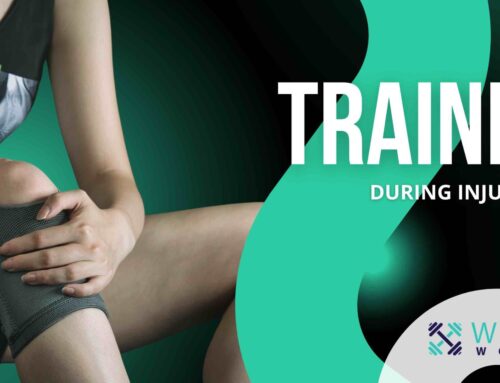We tend to associate incontinence with being postnatal, but did you know that many women suffer from incontinence during perimenopause? And no, no one wants to talk about it.
Firstly, let’s talk about what urinary incontinence is.
Incontinence is when you are no longer able to control your bladder and there is leakage in urine. Most common is stress incontinence which causes leakage when jumping, bending, coughing or sneezing and urge incontinence is when you suddenly need to urinate and can’t stop it.
I sometimes ask women if they have problems with their pelvic floor. Once in a while, one will look at me with a confused look. It makes me realise that there is a lack of understanding around what incontinence is and how our pelvic floors play a role.
The pelvic floor is a group of muscles that sit in your pelvis attaching from the pubis to your coccyx. In women, they support the bladder, uterus and bowel. When there is dysfunction, it can lead to incontinence (can also be fecal, but we are not discussing that here).
Why do perimenopausal women find themselves with a greater risk of incontinence?
Reduced estrogen can lead to reduced collagen in your connective tissues (which also give you wrinkles). This can affect the strength and function of your pelvic floor.
What can you do?
- Look for a pelvic floor physiotherapist (in Dutch bekkenfysio). The common problems with incontinence are that either your pelvic floor has become weakened or it has become too tight. A physiotherapist can check what the problem is and guide you with exercises and treatments.
- Stress management and breathing. I have recently sent a couple of clients to a physiotherapist and they have had to work on their breathing to help with the relaxing of the pelvic floor muscles.
- If your pelvic floor is weak then you can do pelvic floor exercises.
- Doing the above may not completely help while hormones are fluctuating so, Amanda Thebe wrote in Menopocolypse that, asking your doctor to prescribe topical estrogen can be helpful.
What to do/not do while training while working on your pelvic floor?
While you are still working on your incontinence it is important to avoid impact activities such as jumping and running. As your pelvic floor works in conjunction with your core muscles, back muscles and your diaphragm, you can focus on your out breath on exertion while training (for example the upwards movement of a squat). While doing this, imagine as you exert that you are bringing your pubis to coccyx and drawing your pelvic floor upwards. As this happens, your tummy muscles will draw inwards. You may also have to avoid lifting very heavy weights to avoid wetting yourself in the gym.
In conclusion, if you suffer from incontinence please seek out help; there are solutions for you. The quicker you deal with it the better.
Author: Lorna Wilson
Like what you see? Then send me a message or e-mail. We can meet up for a chat and find out how I can help you improve your training and help reduce injury risk.
06 460 377 74 / lorna@wilsonsworkouts.nl





[…] discuss this in more detail in this blog but, we don’t always realise that incontinence can become a problem as women get older. […]
[…] women are scared to start strength training due to incontinence. If you experience pelvic floor problems, please seek help from a pelvic physiotherapist. Also, […]